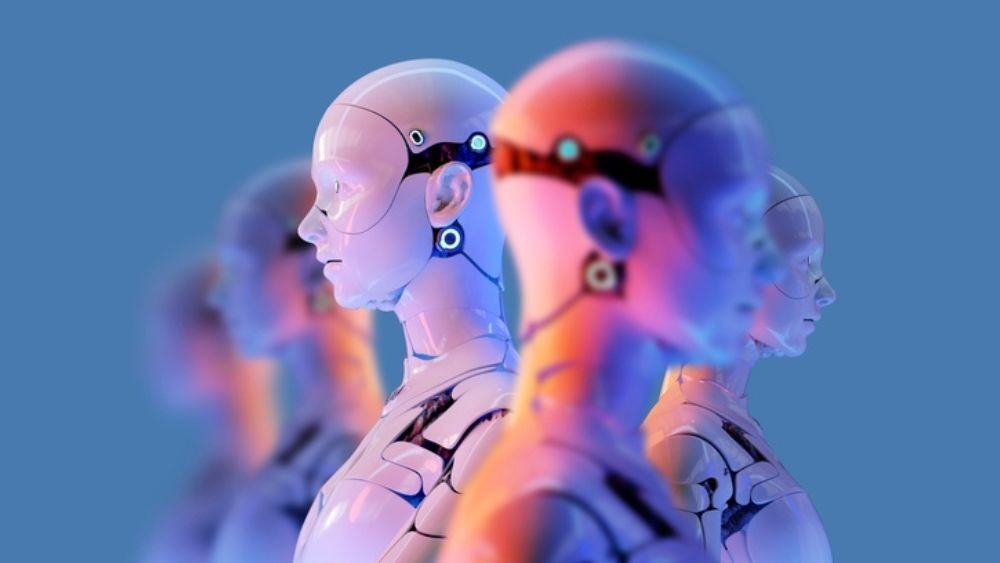The field of robotics is experiencing a revolution, with emerging trends that span from industrial automation to the development of versatile service robots. In this article, we’ll explore the evolving landscape of robotics and its impact on various sectors.
Industrial Automation: Robotics in Manufacturing
Robotics has long played a crucial role in industrial automation, transforming manufacturing processes.
Increased Efficiency
Robots can perform repetitive tasks with precision, leading to increased efficiency and reduced production costs.
Collaborative Robots (Cobots)
Collaborative robots work alongside human workers, enhancing safety and productivity in manufacturing environments.
Logistics and Warehousing
Robotics is reshaping logistics and warehousing operations, optimizing supply chains.
Autonomous Vehicles
Autonomous drones and ground-based robots are streamlining inventory management and last-mile deliveries.
Warehouse Automation
Automated guided vehicles (AGVs) and robotic arms are improving the efficiency of order fulfillment.
Healthcare and Medical Robotics
The healthcare industry is benefiting from advancements in medical robotics.
Surgical Robotics
Robotic-assisted surgery offers greater precision and minimally invasive procedures, reducing patient recovery times.
Rehabilitation Robots
Robotic devices are aiding in physical therapy and rehabilitation, assisting patients in regaining mobility.
Service Robots for Everyday Tasks
Service robots are becoming more versatile, performing a range of everyday tasks.
Home Cleaning Robots
Robotic vacuum cleaners and mops are common household appliances that simplify cleaning chores.
Companion Robots
Social robots provide companionship and assistance to the elderly, enhancing their quality of life.
Artificial Intelligence Integration
Artificial intelligence (AI) is a driving force behind the capabilities of modern robots.
Machine Learning
Robots can learn from data and adapt to new tasks, making them more versatile and autonomous.
Natural Language Processing
AI-powered robots can understand and respond to human speech, improving their interaction with users.
Ethical and Regulatory Considerations
As robotics becomes more prevalent, ethical and regulatory concerns arise.
Privacy
Robots equipped with cameras and sensors raise privacy concerns, necessitating robust data protection measures.
Liability
Determining liability in cases of robotic errors or accidents is a complex legal challenge that requires careful consideration.
The Future of Robotics
The future of robotics holds immense potential for innovation and transformation.
Space Exploration
Robotic missions to outer space, such as Mars rovers, expand our understanding of the universe.
Education and Research
Educational robots engage students in STEM fields and assist researchers in various scientific endeavors.
Conclusion
The world of robotics is evolving rapidly, with applications spanning from industrial automation to service robots that enhance our daily lives. As robotics continues to advance, it is essential to address ethical, regulatory, and safety considerations to ensure that these technologies are deployed responsibly and for the benefit of society. The future promises even greater integration of robotics into various sectors, opening doors to new possibilities and discoveries.
